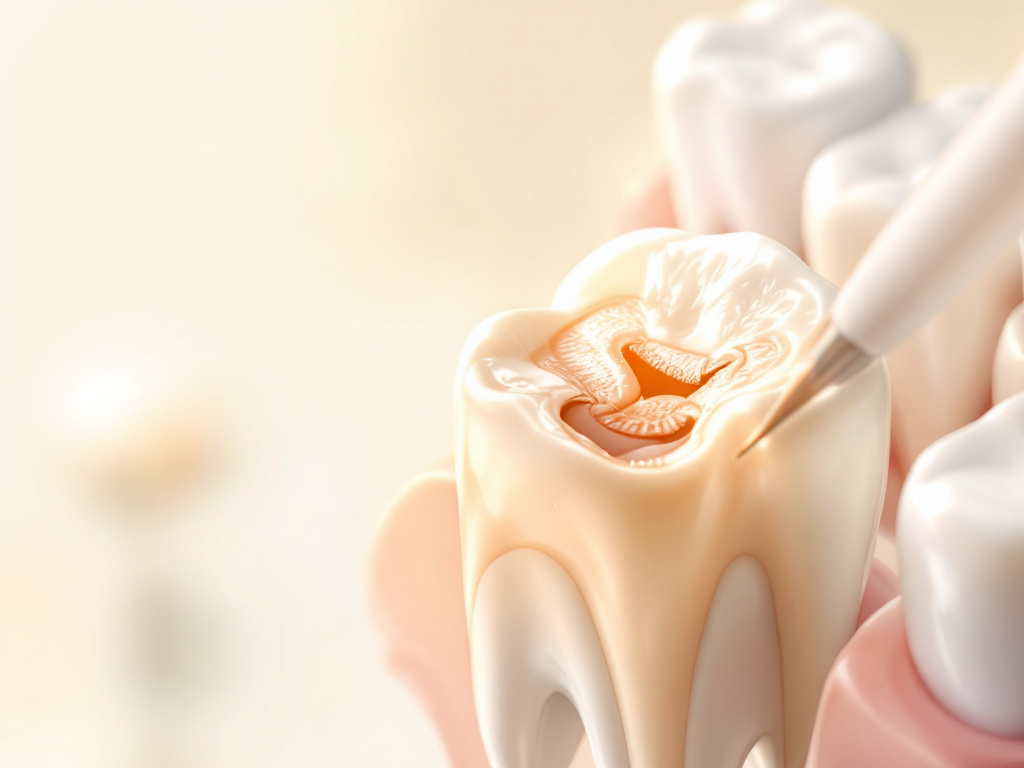Composite dental fillings, also known as resin-based composites or tooth-colored fillings, blend seamlessly with your natural teeth while restoring function and appearance. When you choose composite dental fillings, you get a high-quality restoration that preserves healthy tooth structure, offers excellent aesthetics, and supports long-term oral health. In this article, you’ll learn how these restorations work, what benefits they provide, the placement process, how to care for them, and when alternative treatments may be more appropriate.
Understanding composite fillings
Composition and structure
Composite resins are most commonly composed of Bis-GMA and other dimethacrylate monomers, a filler material such as silica, and a photoinitiator to harden the resin under light [1]. By adjusting the concentration of each component, manufacturers tailor mechanical properties like strength, wear resistance, and polishability.
Types of resin composites
- Microfilled composites: Small filler particles for a smooth, highly polished surface, ideal for front teeth
- Hybrid composites: Blend of micro and macro fillers, offering both strength and polishability [1]
- Nanofilled composites: Nanometer-sized particles provide high mechanical strength and wear resistance but can be challenging at cavity margins
- Resin-modified glass ionomers: Hybrid materials with fluoride release, longer working time, and superior adhesion, introduced in the 1980s
Benefits of composite fillings
Aesthetic appeal
Composite dental fillings are shade-matched to your teeth, making them virtually undetectable. Unlike silver-mercury amalgam, resin-based composites maintain your smile’s natural appearance and resist plaque buildup on the surface.
Tooth structure preservation
Composites bond directly to enamel and dentin, reducing the need to remove healthy tooth structure. This conservative approach helps maintain your tooth’s strength and integrity over time. Learn more about our tooth structure preservation strategies.
Bonding strength
The adhesive properties of composite resins create a strong micromechanical bond with tooth tissues. This bond supports the remaining tooth and lowers the risk of fracture compared to non-adhesive materials.
Versatility
Composite fillings work well for small to mid-size cavities in both front and back teeth. They repair chips, cracks, and worn areas while blending seamlessly with your bite and brushing habits.
Composite filling procedure
Step 1: Prepare the tooth
Your dentist removes decay and cleans the cavity. Local anesthesia ensures comfort. If decay is extensive, consider cavity repair and restoration or other advanced options.
Step 2: Apply bonding agent
A primer and bonding resin are applied to the prepared surface. This enhances adhesion and seals dentin tubules, reducing sensitivity.
Step 3: Place and cure resin
Composite resin is added in layers. Each layer is shaped and cured with a specialized light. This incremental technique ensures optimal strength and minimizes polymerization shrinkage.
Step 4: Finish and polish
Once placement is complete, the restoration is trimmed, contoured, and polished for a smooth finish that integrates with your tooth anatomy and occlusion.
Longevity and maintenance
Lifespan expectations
With proper care, composite fillings can last 7–10 years on average [2]. Regular dental checkups detect wear or marginal breakdown early, allowing timely repair.
Factors affecting durability
- Oral hygiene habits
- Bite forces and grinding habits
- Location and size of the filling
- Diet, particularly acidic or staining foods and drinks
Care and hygiene tips
- Brush twice daily with fluoride toothpaste
- Floss daily to remove plaque at margins
- Limit high-sugar or acidic snacks
- Wear a nightguard if you grind your teeth
- Attend routine dental exams and cleanings
Potential filling considerations
Tooth sensitivity
You may notice temporary sensitivity to temperature right after placement. This usually resolves within a few days. If it persists, your dentist can adjust the restoration or recommend a desensitizing agent.
Staining and wear
Composite resin can stain over time from coffee, tea, or tobacco. Polishing at regular exams helps maintain aesthetics. For heavily stained or worn restorations, consider tooth filling repair or replacement.
Allergic and toxicity concerns
Rare allergic reactions to composite components have been reported. Some studies raise questions about bisphenol-A (BPA) exposure and resin cytotoxicity [3]. However, major health organizations consider modern composites safe for most patients. Discuss any concerns with your dentist.
Compare filling materials
Overview of options
When selecting a filling, you may consider:
- Composite resin (tooth-colored)
- Amalgam (silver)
- Ceramic (porcelain)
- Glass ionomer
- Gold inlays/onlays
Material comparison table
| Material | Average lifespan | Aesthetic level | Cost level |
|---|---|---|---|
| Composite | 7–10 years | High | Moderate |
| Amalgam | 10–15 years | Low | Low |
| Ceramic | 15 years | High | High |
| Glass ionomer | ≤5 years | Moderate | Moderate |
| Gold inlay | ≥20 years | Low | High |
Average lifespan sources: Composite – Healthline; other materials – Gentle Dental.
Who can benefit
Ideal candidates
- Patients with small to medium-size cavities
- Minor chips, cracks, or worn surfaces
- Desire for a natural appearance
- Commitment to good oral hygiene
When to consider alternatives
Large cavities or recurrent decay may require stronger restorations like porcelain inlay and onlay treatment, same-day dental crown placement, or full coverage solutions. If a tooth is non-vital, your dentist might recommend root canal therapy services before restoration.
Cost and financing options
Cost factors
- Size and location of the restoration
- Complexity of the procedure
- Geographic region and provider expertise
- Additional treatments like sedation or anesthetic
Insurance and payment
Composite fillings are often covered under basic dental insurance plans. Check your plan for coverage details. If you need flexible financing, ask about our insurance covered dental restoration options or affordable restorative dentistry programs.
Advances in filling technology
Nanofilled composites
New nanofilled composites offer enhanced polishability, strength, and wear resistance. They provide superior gloss retention while maintaining margins in fine-scale preparations.
Novel materials
Researchers are developing composites with thiourethane additives that double fracture resistance compared to traditional resins, promising longer-lasting restorations [4].
Taking next steps
Discuss with your dentist
If you’re considering composite dental fillings, schedule a consultation to evaluate your cavities, oral health, and cosmetic goals. Your dentist can recommend the ideal material and shade for a seamless result.
Explore restorative services
For comprehensive solutions beyond fillings, ask about our range of services: porcelain crown restoration, dental bridge replacement, dental implant consultation, or a full mouth restoration program. Whatever your needs, we’ll help you restore your smile and function with modern, high-quality restorations.







